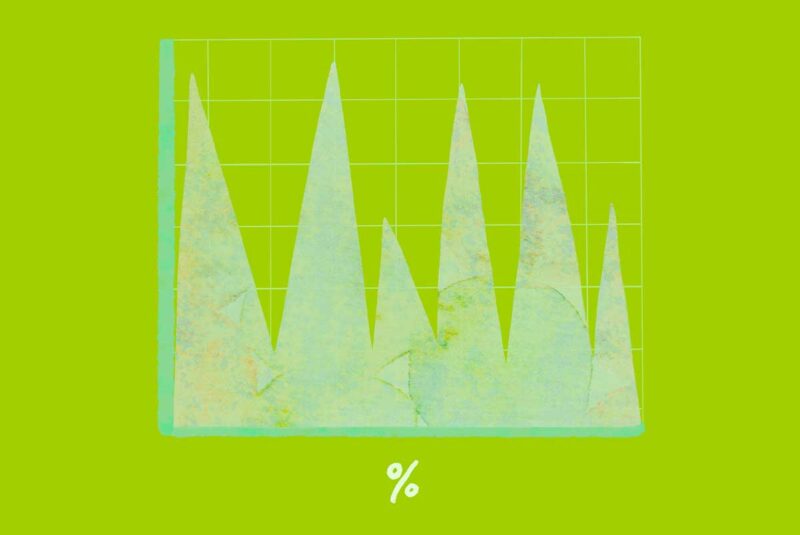An “IRA Rollover” is a transfer of funds from an existing retirement account (such as your 401(k) or profit sharing plan) into a traditional or Roth IRA. The two main use cases for a Rollover are changing jobs or retirement, where it becomes necessary to move assets that have accumulated in your existing plan (or plans). In both cases, you must take care to avoid tax issues and potential penalties.
There are three IRA rollover paths, differing mainly in how the money is distributed:
60-Day Rollover
The distribution is payable to you. You, in turn, have 60 days to contribute it to the new IRA. Taxes will be withheld from a distribution from a retirement plan, so you’ll have to use other funds to rollover the full amount of the distribution.If you do not complete this within the 60-day time period, the money is considered income by the IRS and taxed at your normal rate (and if you are younger than 59-1/2, you will be hit with a 10% penalty for early withdrawal). There are special cases where a waiver or an extension of the 60-day period may be granted. These rollovers must be reported on your tax return as a non-taxable transaction. (Make sure the 1099-R form you receive is correct to avoid potential taxes.) There are other limitations, such as the one-year waiting rule. If you have rolled over part of an IRA into a second IRA, you must wait one year before rolling over any other part of the original IRA (whether it is going into the second IRA or a third IRA). However, this one-year limit does not apply to rollovers from qualified employer plans, 403(b) or 457 accounts, or rollovers from Traditional to Roth IRA’s.
Direct Rollover
The distribution check is sent to you but made out to the institution handling your new IRA. You may be involved with the physical handling of a check, but the distribution is never made out directly to you. This transaction is reportable, but non-taxable, and there is no 60-day window with which to be concerned. If this is an option for you when rolling over an employer-based plan or similar qualifying program, choose this path to avoid a 20% withholding tax on the transfer (required if these types of plans are distributed directly to you in a 60-day rollover).
Trustee to Trustee
Transfers go directly from institution to institution. If you are only transferring IRA’s from one institution to the other, this is the way to go. Transfers are not reportable, taxable, or subject to any 60-day window or the one-year waiting rule. This assumes that you do not need access to any of the money right away; if you do, this is not an option.
Consider Rolling Over Into a Roth IRA
You may also want to consider rolling over your Traditional IRA into a Roth IRA, or creating both a Traditional and Roth IRA. Address this with a financial advisor, as a Roth IRA contains money on which you have already paid taxes, whereas a traditional IRA is taxed only upon withdrawal of funds at the applicable rate. Traditional IRA account owners should consider the tax ramifications, age and income restrictions in regards to executing a conversion from a traditional IRA to a Roth IRA. The converted amount is generally subject to income taxation.
Regardless of which option you choose, execute it carefully with assistance from industry professionals. This will ensure that you suffer no negative tax consequences and that your retirement nest egg can continue to grow optimally.
Content in this material is for general information only and not intended to provide specific advice or recommendations for any individual.
Winnie Sun is a registered representative with, and securities offered through LPL Financial, member FINRA/SIPC. Investment advice offered through Sun Group Wealth Partners, a registered investment advisor and a separate entity from LPL Financial.
The Short Version
- 60-Day Rollover - The distribution is payable to you. The distribution is payable to you. You, in turn, have 60 days to contribute it to the new IRA.
- Direct Rollover - The distribution check is sent to you but made out to the institution handling your new IRA.
- Trustee to Trustee - Transfers go directly from institution to institution.
- You may also want to consider rolling over your Traditional IRA into a Roth IRA.




